Often, when working with PCBs, electronics engineers (mostly students and beginners) face problems in dealing with the complexity of circuit boards due to lack of experience. Breadboards are easy to work with because there is the option to connect and disconnect components even if you make a mistake in connecting.
However, when you switch to PCBs, you need to keep many things in mind, be it soldering, desoldering or other related tasks. While constant practice is crucial to reaching the level of expertise, there are some tips that can increase your chances of success.
So without beating around the bush, let's discuss some incredibly useful PCB assembly tips that we've compiled from various reliable sources.
1. Keep certain components in spare
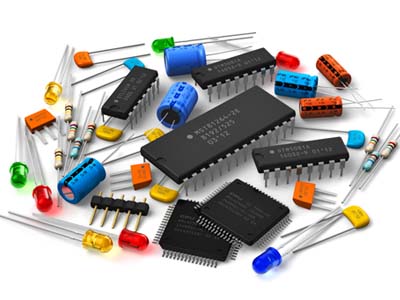
Electronic parts (image courtesy: Electronics B2B)
If you are new to PCBs, it is almost inevitable to make mistakes with the circuit and some materials will certainly be damaged while you conduct experiments with the board. So before you start prototyping, make sure you have a lot of hardware available.
2. Be organized and separate the small parts
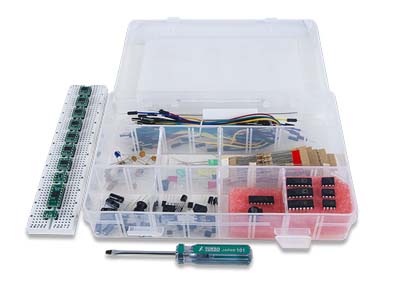
Keeping small electronic parts organized (image courtesy: Digilent)
The complexity of PCBs, to a large extent, is associated with the fact that it is necessary to assemble several tiny parts on an overcrowded board. So the smartest way to avoid mess is to sort the components according to size or any other basis and prepare a checklist along the way. This will give you a clear idea of what parts you have and what you are missing.
3. The settlement order
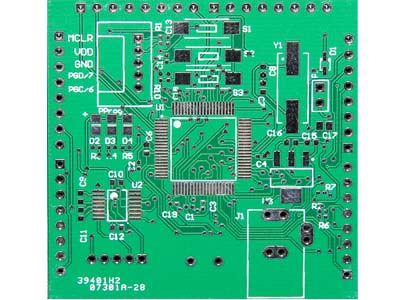
Fulfilling the order for a PCB (image courtesy: Pick and Place)
There should always be a proper order to fill the board in terms of direction as well as size of the components.
Size: Many times you solder larger components first and realize that you don't have enough space to place the soldering iron to solder the smaller ones that need more space. Therefore, it is always advisable to weld the tiny parts first.
Direction: It may happen that if you don't follow a directional approach and place the parts randomly, you forget to place some of them when you finish welding. So, start from right to left or left to right.
4. Use of tweezers
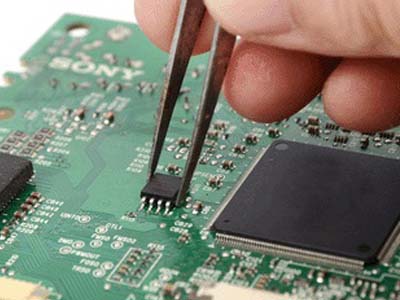
Using tweezers to hold electronic parts while working with PCB (Image courtesy: TDI International)
It is advisable to use tweezers to handle small assembly components such as ICs, resistors and capacitors for the obvious reason that it offers convenience. However, it is not recommended to pick up any electronic parts with your bare hands when working with the circuit. This is because our body contains charge and this should not be transferred anywhere near your workspace as it can act as electronic interference.
5. Use of a magnifying glass
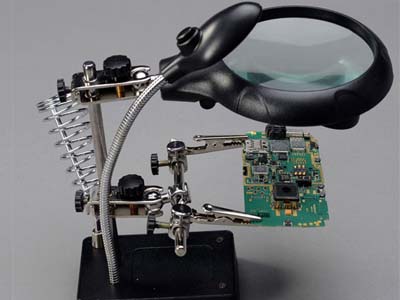
PCB stand with light and magnifying glass (image courtesy: AliExpress)
To ensure accuracy when handling PCBs, some magnification is always required. This is because when you make mistakes, you need to troubleshoot welding problems such as cold joints or solder bridges. Therefore, use a magnifying glass or magnifying glass to inspect the circuit closely.
6. Using Poster Putty
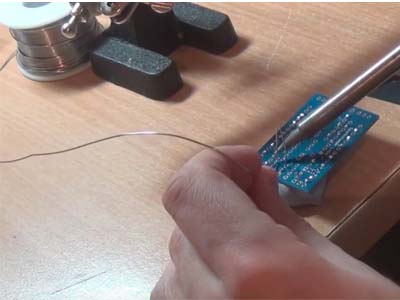
Holding the PCB in place with poster putty (image courtesy: Make Magazine)
Often when you are soldering your circuit, you need to hold a lot of objects and at the same time keep the PCB at the required angle. Poster putty acts as a great holder where you can simply press your PCB and it won't move or slip out. Plus, it doesn't leave residue on the hob, so you don't have to worry about cleaning up dirt.
7. Using a Resistor Lead Bending Tool
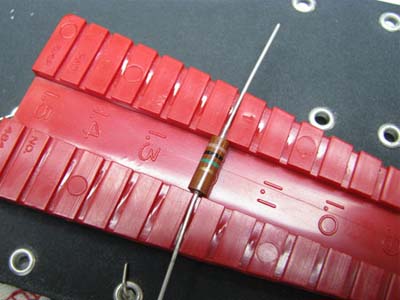
Using a resistor lead bending tool (image courtesy: GroupDIY)
It is a piece of plastic constructed in the form of a rail that will help you specify the exact distance between two resistor terminals in a circuit. One side offers 0.4” to 1.5” spacing for ¼ Watt resistors and the other side offers 0.5” to 1.5” spacing for ½ Watt resistors. To use it, simply place the resistor in the desired space and bend it at the edges.
8. Using breadboard for header pins
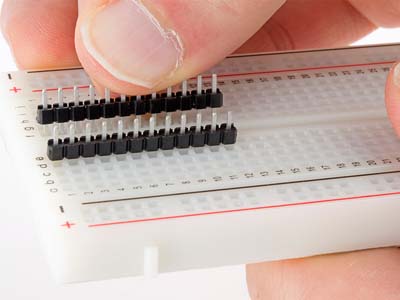
Place the header pins on the breadboard before aligning them on the PCB (image courtesy: SparkFun)
Before placing the header pins on the PCB, insert them into a breadboard and align the PCB over it. After that, insert the pins into the holes on the PCB and solder them. This will ensure that all platform pins are placed in the correct location.
9. Glue the brackets instead of drilling
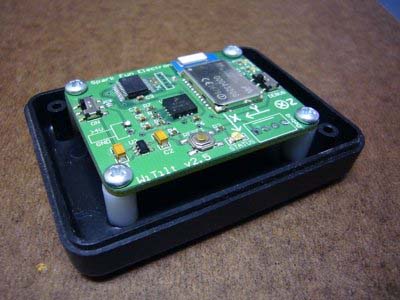
Glue the brackets instead of drilling them into the project box (Image courtesy: SparkFun)
Whenever you need to make a quick detachable mount for your PCB-based project, there is an easy trick that makes it much easier. Attach the standoffs to the PCB using screws, and instead of drilling them, simply glue them to a project box. The glue will be strong enough to hold the PCB permanently, but if you need to make changes, you can also unscrew it.
10. Start with the ground pin
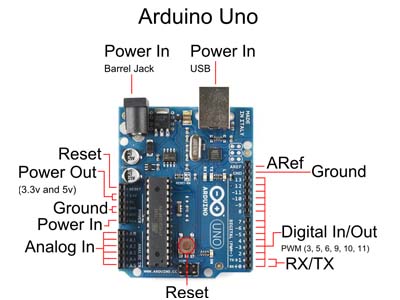
Start with the ground pin while soldering the PCB (image courtesy: SparkFun)
When starting the soldering procedure, it is highly recommended to start with the ground pin and not any other pin. This is because the heat resistance capacity of the ground pin is comparatively higher than that of other pins.
If you start with the power pin or any other pin that can generate heat and lead to current flow, causing probable damage. However, starting with the ground pin will eliminate the possibility of any current flow, thus reducing the chances of any type of accident.
11. Select the width of the lines
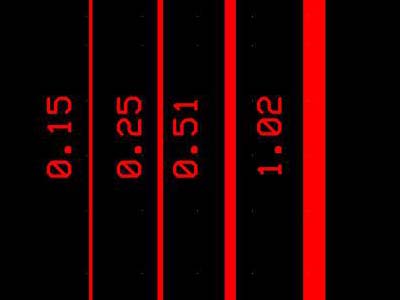
PCB trace width (image courtesy: ourpcb.com)
The width of the lines must be fixed according to the estimated current flow, as if there is not adequate space it can generate a lot of heat. Therefore, using online calculators can help decide the width of the lines. For power lines, the width must be greater because all the current is supplied by these wires.
12. Check the permitted power
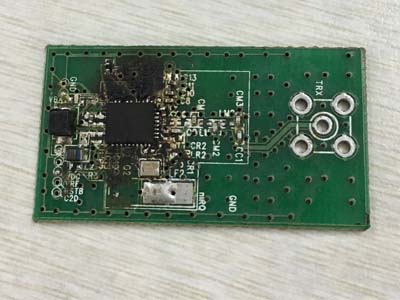
An image showing an overheated PCB
When soldering components, too much heat generation can damage the board as well as the components. The heat treatment capacity of the plate depends on the cross-sectional width of the plate. Therefore, always look for the permitted power of the board on which you are mounting.
13. Accessibility of important nodes
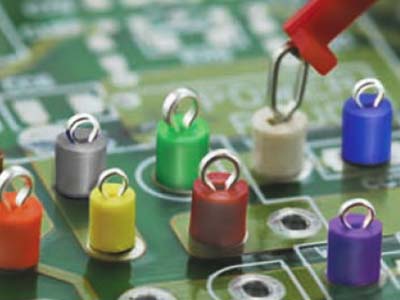
Image showing PCB troubleshooting test points (Courtesy: towerfast.com)
After completing the assembly, when you need to measure a signal to troubleshoot the circuit, you must know the nodes that are important to access. You can also add a test point connected to them.
14. Space between components
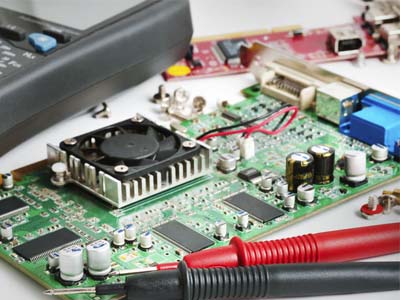
Leave plenty of space between PCB components (image courtesy: eBay)
If the components are too close to each other, there will be no room for the wires to pass through. That's why it's important to leave some space between them so that the wires can spread easily. Spacing not only facilitates automatic routing, but also facilitates the welding procedure.
15. Avoid cold solder joints
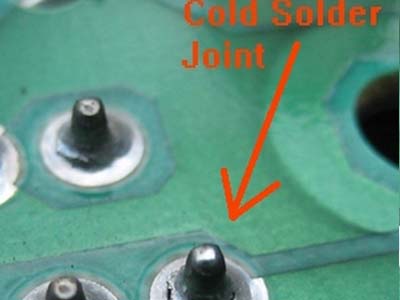
Image representing a cold solder joint (Image courtesy: Allpar)
Sometimes, during welding, the heat applied is not enough for the solder to melt properly or the surface is not clean. It can also often happen that hot solder flows into a cold joint and forms a drop of gray solder that is not adhered to the joint. In all of these situations, a cold solder joint forms which can cause static noise or intermittent cuts.
To combat this problem, it is necessary to remelt the existing solder or suck it out and clean the spot before soldering again. If you want to avoid such cases, it is advisable to heat the tip of the soldering iron and then touch the joint with solder. This will help melt the solder, which will flow and wrap around the joint properly. You can also add a little flux (a chemical agent) to the surface so that the hot solder immediately adheres to the pin.
Conclusion
The main objective of this compilation is to present a brief guideline for beginners who are going or have recently switched from breadboards to PCBs. While these are some useful circuit board assembly tips collected from our sources, there may be more that have not been covered here. So if you have any other tips, feel free to mention them in the comments section below.

